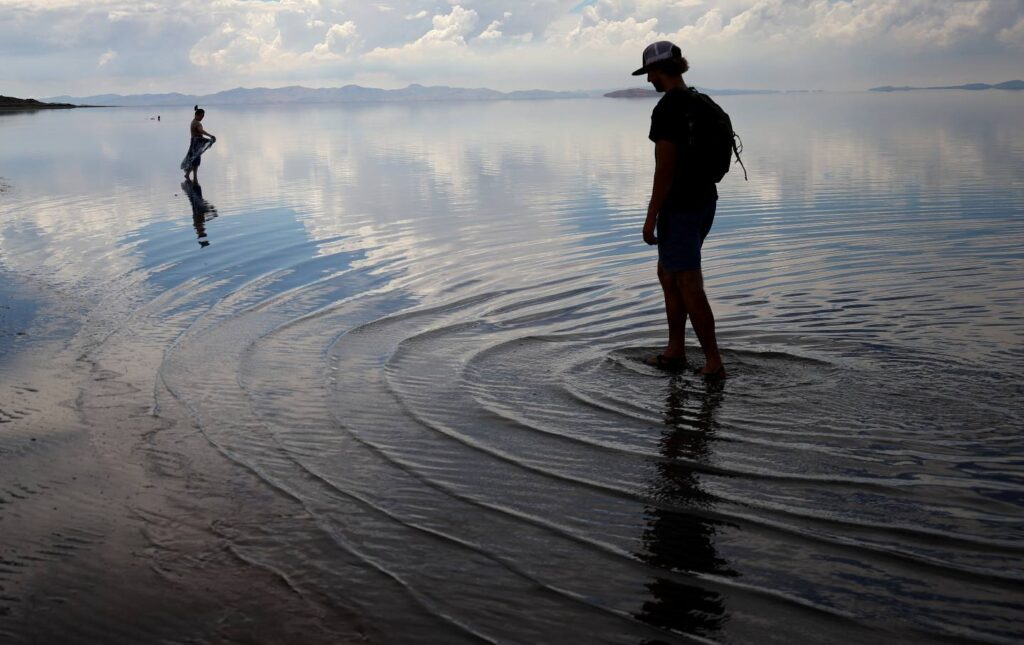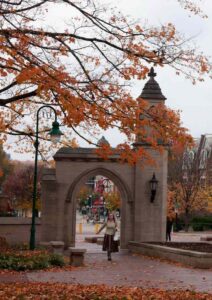July 29, 2025
The Great Salt Lake Is a Ticking Time Bomb
By Nic Wong
Retreating water levels are exposing stretches of cracked, arsenic-laden lakebed in Utah. Future dust storms will carry an extra hazard.

Utah is the third-driest state in the United States. From the parched Colorado Plateau to the even drier Great Basin, it’s almost all desert.
In high school, I rowed with Utah’s only club crew team. Each spring, we drove our boats to the Great Salt Lake—the only place for miles with enough water to row on. The lake’s salty water stank of sulfur, which made everything it touched stink, too. Thousands of brine flies swarmed our docks. They’d carpet my arms so thickly that when I looked down, I’d see more flies than flesh.
But away from shore, I could spot beauty all around. The water would stretch so far in every direction that I couldn’t see the land beyond. Unless the wind picked up, the lake lay flat, gleaming, and blue. Mountains pierced its surface and cloned themselves in the ripples below. They looked like spinning tops—stretching from peaks to flared bases, then winnowing back to sharp points.
I noticed with awe how the lake teemed with life. I’d look down, and what I thought were floating flakes of sediment would begin to swim. They were brine shrimp: crustaceans that carry the Great Salt Lake’s ecosystem on their centimeter-long backs. Waterfowl would fill the sky, diving to dip their beaks and spindly legs into my wake.
The year I left for college, one of my sisters joined the crew team. I hoped we could bond over rowing on the lake. But that November, a former teammate called me. She said our team wasn’t rowing on the Great Salt Lake that next year; that they might never row on it again. Utah was in a water shortage, and the lake had shriveled to its lowest levels on record.


